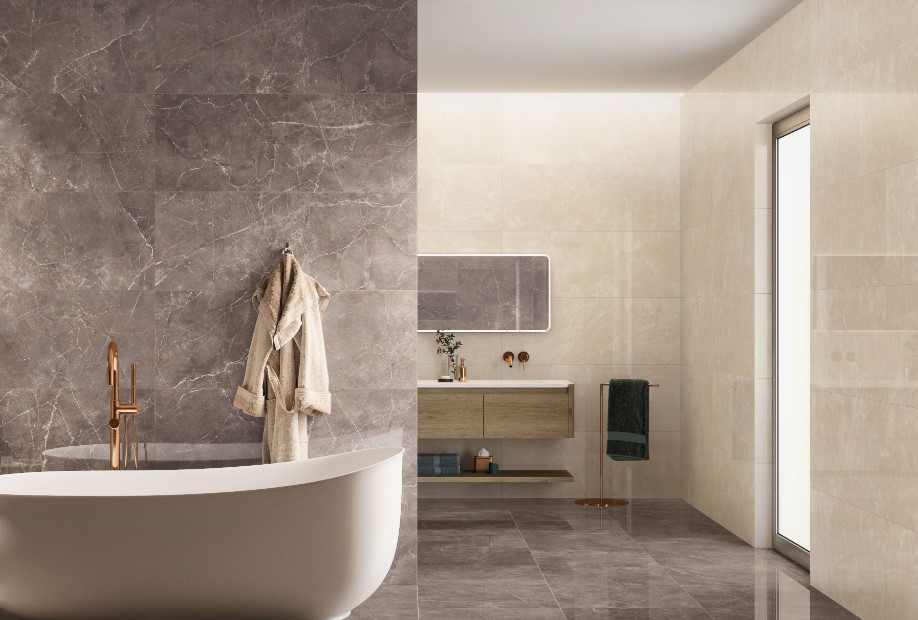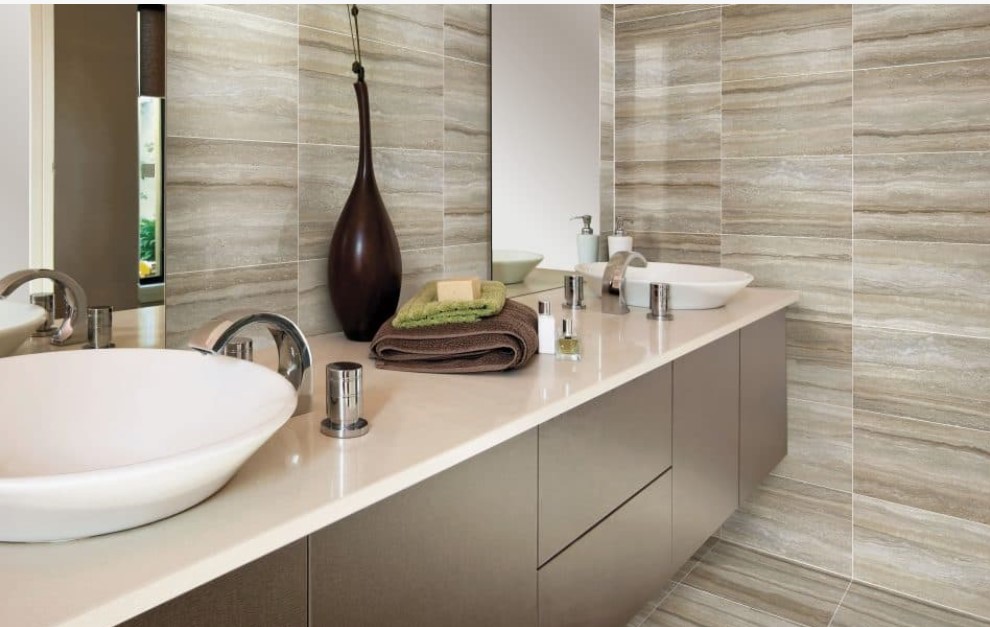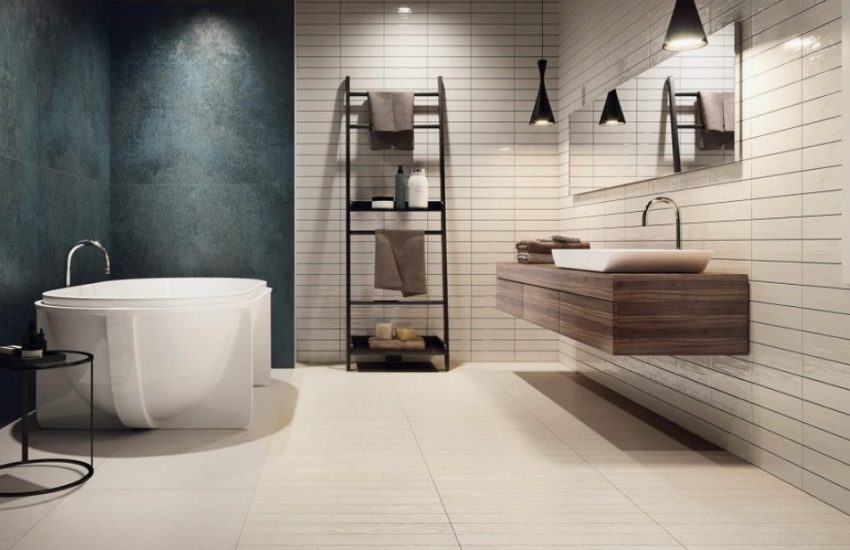Selecting plumbing fixtures for your bathroom involves careful consideration of various factors. From materials and manufacturers to quality and additional features, each element plays a crucial role in ensuring a functional and aesthetically pleasing bathroom. This article delves into the specifics of choosing essential bathroom fixtures such as shower trays, bathtubs, toilets, bidets, and faucets.
Shower Trays
Size and Shape
The size and shape of a shower tray should align with the dimensions of your bathroom and your design preferences. Common shapes include square and rectangular, but corner options are also available for space optimization.
Material
The material of the shower tray affects its durability and style. Options include:
- Acrylic: Lightweight and available in various designs, but may scratch easily.
- Ceramics: Durable and easy to clean, but can be heavy and prone to chipping.
- Enameled Steel: Robust and easy to maintain, but may feel cold to touch.
- Natural Stone: Luxurious and durable, but often more expensive and requires regular maintenance.
Tray Height
The height of the tray impacts both convenience and safety:
Low Trays: Easier to enter and exit, ideal for people with mobility issues, but may require additional waterproofing.
High Trays: Offer better protection against leaks but can be challenging for the elderly or disabled to use.

Additional Features
Modern shower trays come with various additional features to enhance comfort and safety:
- Anti-slip Coating: Reduces the risk of slipping.
- Built-in Seats: Provide convenience, especially for older adults.
- Built-in Shelves: Offer storage solutions for shower essentials.
Bathtubs
Material
The choice of bathtub material impacts both functionality and aesthetics:
- Acrylic: Lightweight, versatile in shape, but can be fragile.
- Steel: Cost-effective and durable, but can be noisy when filling.
- Cast Iron: Extremely durable, retaining heat well, but very heavy.
- Stone: Elegant and long-lasting, but more expensive and requires careful maintenance.
Bathtub Length
The length of the bathtub should suit the user’s height and bathroom space:
Standard Length: Typically around 170 cm, suitable for most users.
Extended Length: Over 180 cm, ideal for taller individuals.
Compact Models: Less than 150 cm, designed for smaller bathrooms.
Handrails
Handrails are essential for safety, especially in homes with children or elderly residents. They provide support and reduce the risk of slipping.
Mixer Placement
The mixer can be installed at one end of the bathtub, on the side wall, or even emerging from the floor in freestanding models. The placement should ensure ease of use and accessibility.
Toilets
Type of Fastening
The type of fastening impacts both comfort and space utilization:
Floor-standing Models: Traditional and sturdy, but occupy more floor space.
Wall-mounted Models: Save space and simplify cleaning, but require sturdy wall construction.
Height
The correct height ensures comfort for users of different heights, allowing feet to rest flat on the floor.
Tank and Drain System
Consider the placement and efficiency of the tank and drain system for optimal water usage and ease of maintenance.

Toilet Bowl
The shape of the toilet bowl influences water flow and odor management. Choose a design that facilitates easy cleaning and minimizes odor retention.
Material
Toilets are typically made from porcelain, known for its durability and ease of cleaning. Some models may feature additional coatings to enhance hygiene.
Design and Color
Ensure the toilet design complements the overall bathroom décor. While white is a classic choice, other colors and styles can create a unique aesthetic.
Bidets
Installation Type
Bidets can be either floor-mounted or wall-mounted:
Floor-mounted: Easier to install and maintain.
Wall-mounted: Saves floor space and provides a sleek look but requires a support system.
Material
Porcelain is preferred for its longevity and ease of maintenance. Earthenware is another option, though less durable.
Water Supply Method
Bidets can feature various water supply methods:
Nozzles: Provide targeted cleaning.
Movable Spout: Offers flexibility.
Hygienic Shower: A handheld option for versatile use.
Size
Choose a size that fits your bathroom space while providing comfortable use. Standard widths range from 30 to 40 cm.
Additional Features
Modern bidets may include features such as heated seats, water heating, drying functions, massage, and even air purifiers for enhanced hygiene and comfort.
Faucets
Control Type
Single-lever faucets are popular for their convenience, allowing you to control both temperature and water flow with one hand.
Material
Durable materials like brass and stainless steel ensure longevity and resistance to corrosion.
Spout Length
For sinks, ensure the spout is at least 5-7 cm from the edge to prevent splashing. Bathtub spouts can be shorter but should still provide adequate water flow.
Installation Method
Faucets can be built-in, wall-mounted, floor-mounted, or hidden. The choice depends on your bathroom layout and aesthetic preferences.
Additional Features
Features like aerators, which mix air with water to create a soft, splash-free stream, and thermostats that maintain a constant water temperature, enhance functionality and water efficiency.
Combining Fixtures Harmoniously
When selecting plumbing fixtures, it is crucial to ensure that all elements blend seamlessly with each other and the overall design of your bathroom. Purchasing a set of fixtures from the same manufacturer can help maintain consistency in design and quality. Matching the finishes and styles of your shower tray, bathtub, toilet, bidet, and faucets will create a cohesive look that enhances the aesthetic appeal of your bathroom.
Consulting a Professional
If you are uncertain about your choices or the installation process, consulting a professional plumber is highly recommended. A plumber can provide valuable insights into the practicality and compatibility of your chosen fixtures with your bathroom’s existing plumbing system. This can prevent potential issues, save time, and reduce costs associated with future repairs or replacements.
Conclusion
Choosing the right plumbing fixtures for your bathroom involves a thorough evaluation of various factors, including size, material, additional features, and design harmony. By carefully considering these elements, you can create a bathroom that is not only functional and safe but also stylish and comfortable. Whether you’re renovating an existing bathroom or designing a new one, thoughtful selection and professional guidance will ensure your bathroom fixtures meet your specific needs and preferences, providing long-term satisfaction and convenience.

I am an award-winning freelance writer specializing in financial topics. With more than a decade of work experience, I have published in the Wall Street Journal, the New York Times and numerous industry journals, including the Harvard Business Review.
